
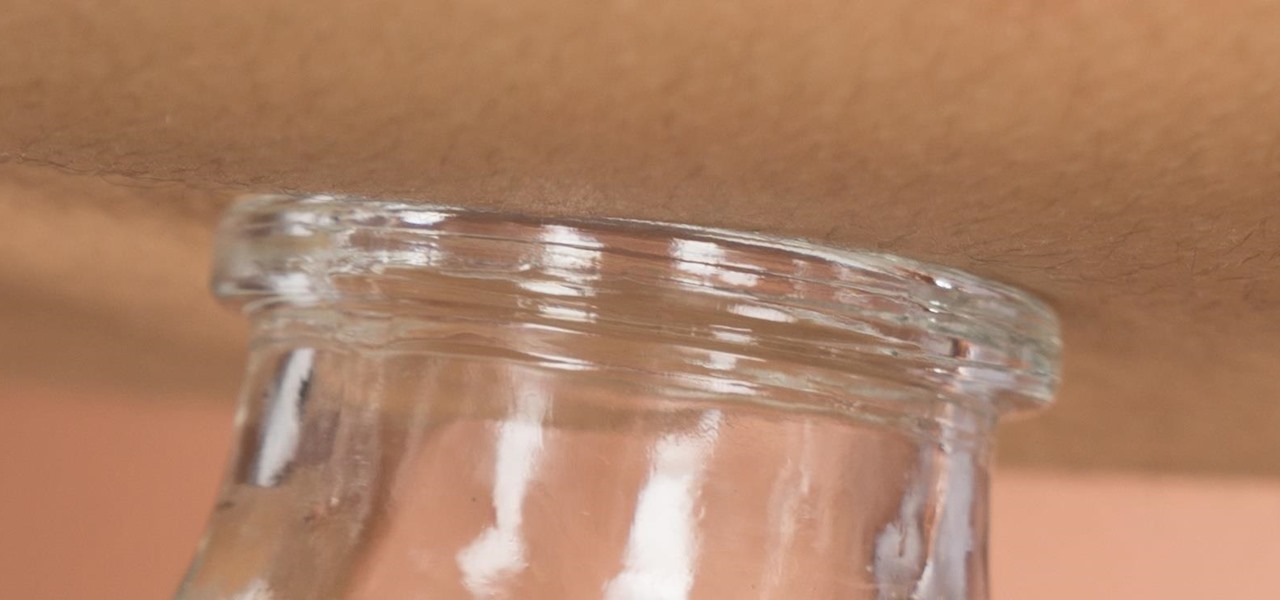
How To: Remove Stubborn Splinters in Your Skin Using a Bottle
Incredibly tiny in size, splinters can be frustratingly difficult to remove from your skin. If large and not completely embedded, a splinter can usually be extracted using tweezers, tape, or glue, but if it's small and in there pretty good, you'll have to get more creative.

How To: Give a testicular self exam
Screening and early detection is the key to beating any form of cancer. Share this with a friend. You may save a life.
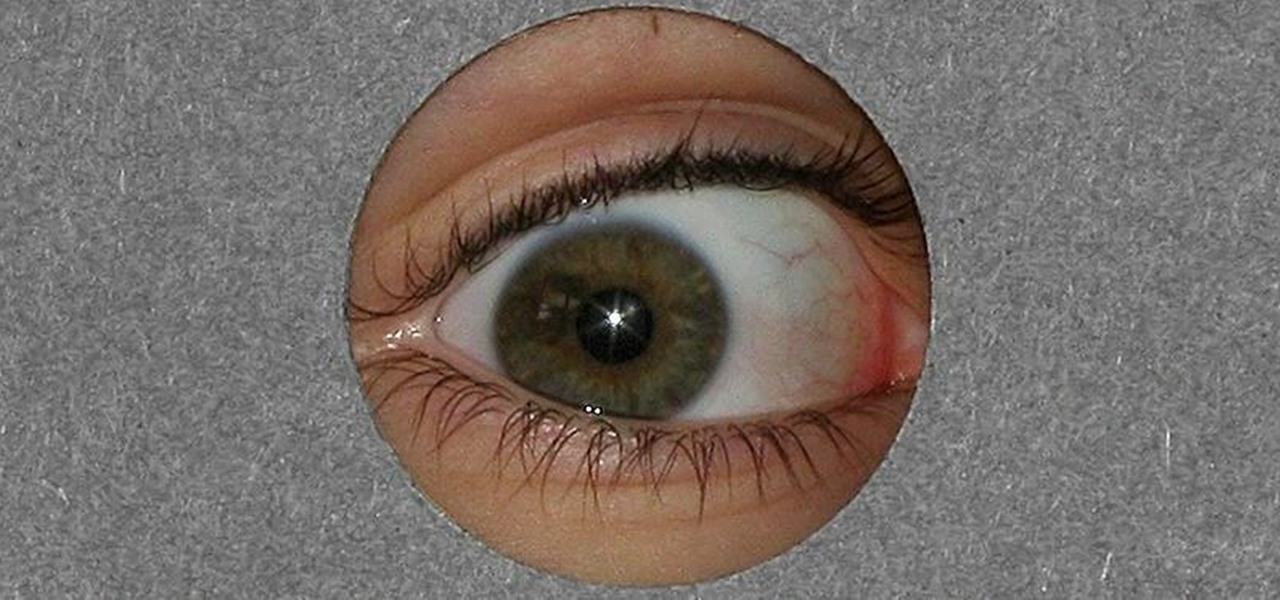
Vision Hack: How to See Clearly Without Your Glasses or Contacts
As someone who's dependent on glasses to see on an everyday basis, losing or misplacing them is obviously a bad thing. I can't even see clearly enough to find the glasses that I just lost, so I'm pretty much blind now.

How To: Massage your boyfriend's upper back
How to massage your man's upper back.

How To: Make an eco-friendly lubricant from flaxseeds
In order to make your own personal lubricant out of flaxseeds, you will need the following ingredients: 2 1/2 tablespoons. of flaxseeds, 2 cups of water, and a pot.

How To: Make Aspirin from a Willow Tree
In this article, I will be showing you how to make a crude form of aspirin from the bark of a willow tree. It is a great remedy for headaches, hangovers, and other minor pain. The use of the willow tree as a mild pain reliever goes back to the Native Americans, who used it in much the same way that I do.

How To: Get rid of hiccups using question method
Are the hiccups killing you? Have you tried everything and still can't get rid of the dreaded hiccups? Well, here's a new method of getting rid of the hiccups and it's called the "question method". Learn how to get rid of those hiccups everytime by using this questions & answer interview that correlates with a breathing technique.
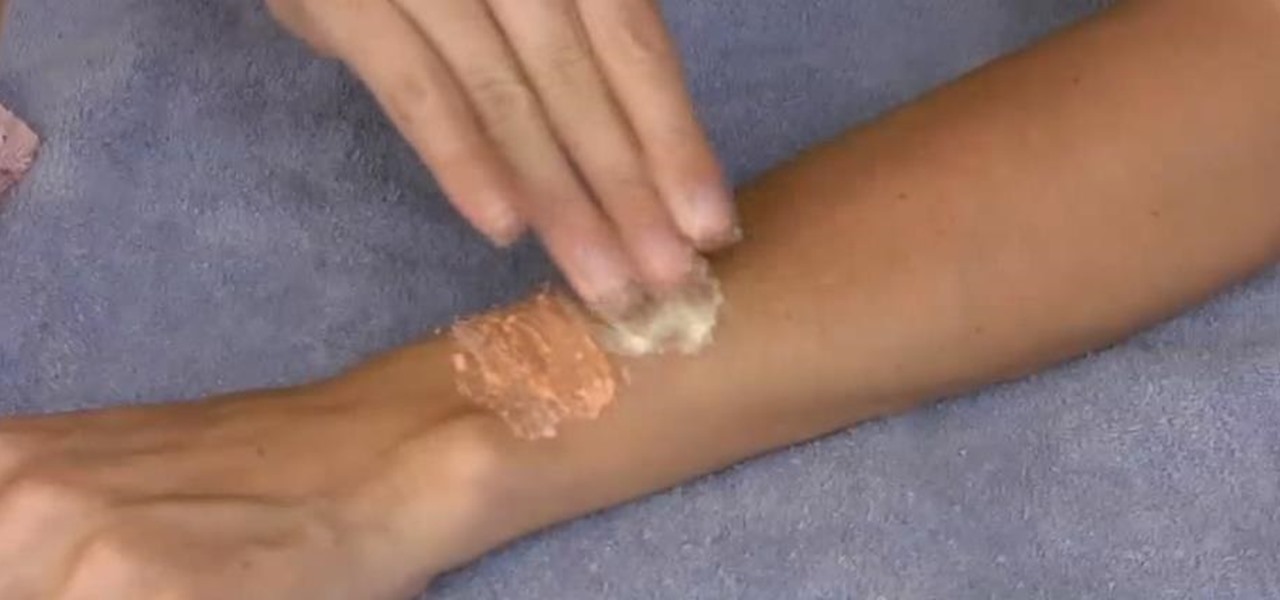
How To: Make Your Own Anti-Itch Cream
From poison oak to allergies, irritants can cause an irritated area that can itch for hours. Itching is annoying and distracting, but you don't have to go to the store to find relief. You can make a topical cream to alleviate itching with things you have at home.
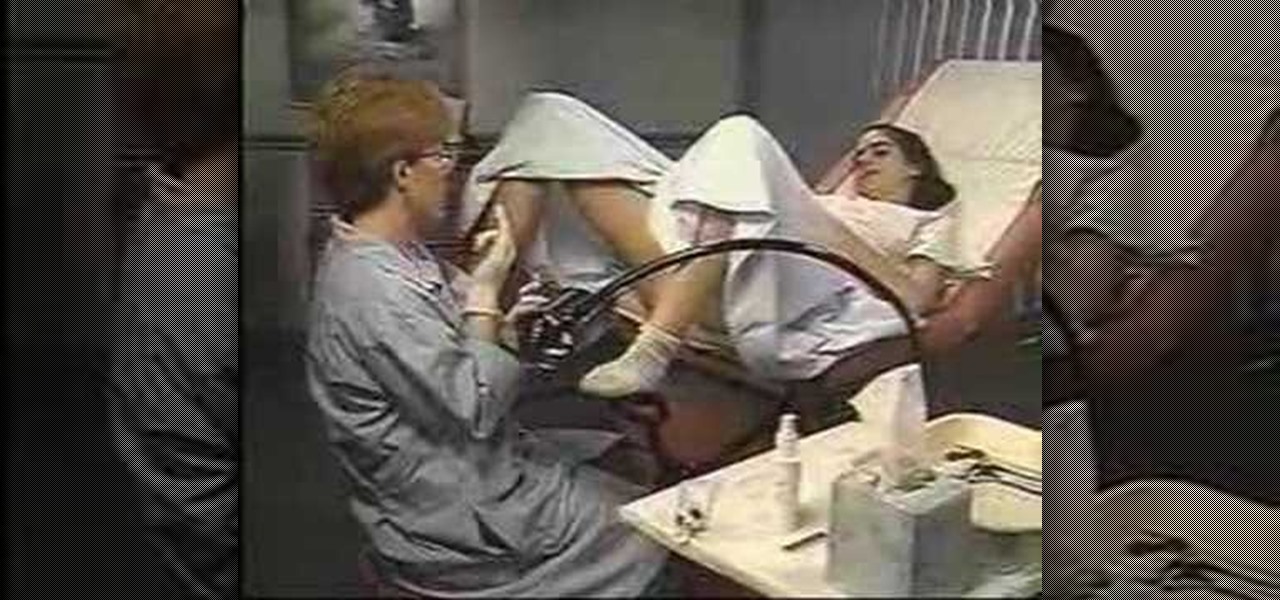
How To: Perform a rectovaginal examination
The rectovaginal examination allows testing of the cervix, and perhaps a little higher. It is one of the first way a doctor may detect abnormalities on the ovary. Watch this video medical health tutorial and learn how to conduct a rectovaginal gynecological exam.

How To: Insert a Foley catheter in a male
This how to video demonstrates how to do a male Foley catheter insertion. Before beginning any catheterization procedure make sure to properly identify the patient, wash your hands, and that all the supplies are handy. Watch and learn how to properly insert a Foley catheter in a man. This medical how-to video is intended for medical students and professionals.
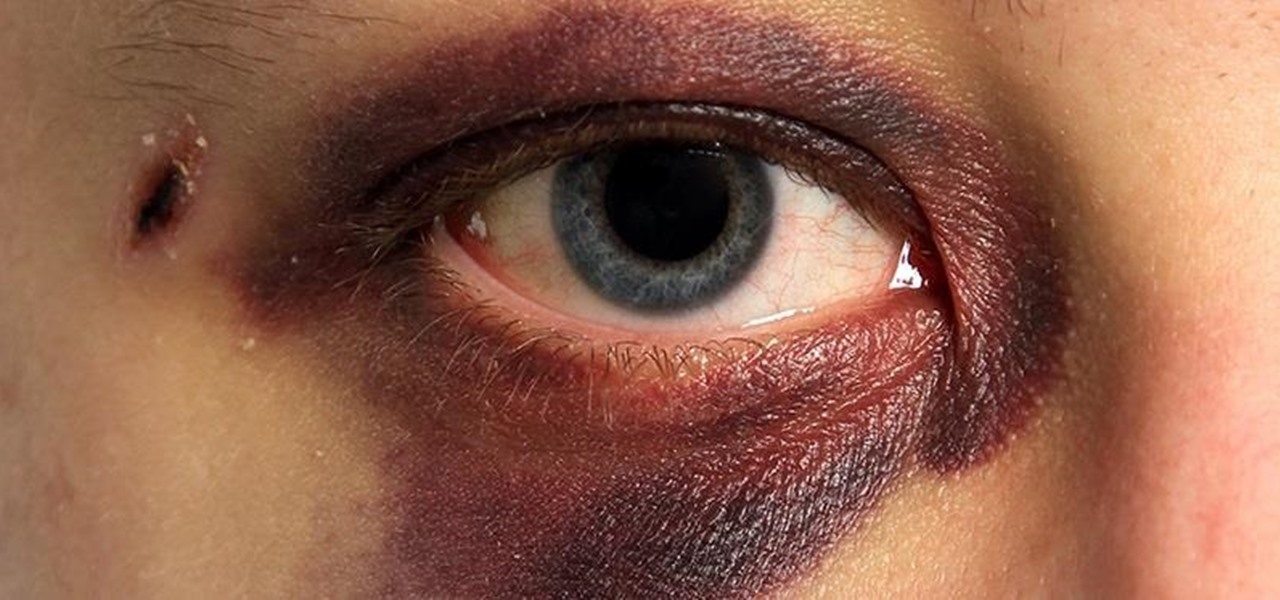
How To: Make Black Eyes, Bruises & Hickeys Fade & Heal Faster in 5 Different Ways
I've never had a black eye, but I was in a car accident that turned my entire ear dark purple a few years ago. Believe me; it was enough to get more than a few funny looks.
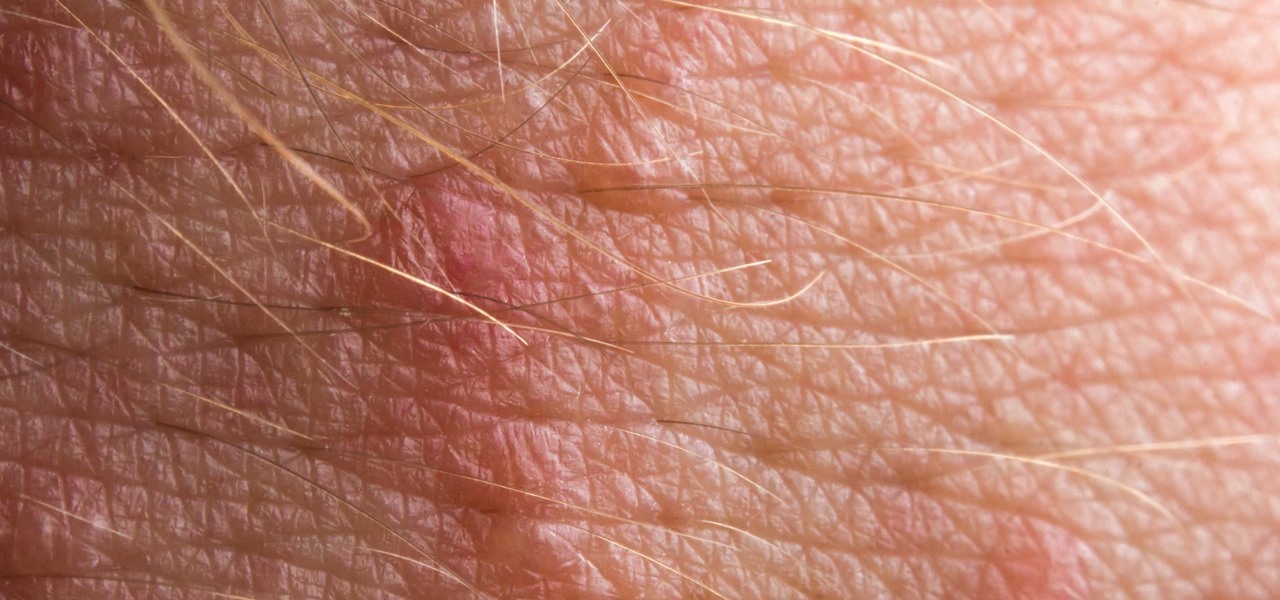
How To: The Top 5 Home Remedies for Treating Poison Ivy & Poison Oak Rashes
Summer is the best friend of poison ivy, oak, and sumac. When the weather is hot outside, people spend more time in the great outdoors, which means more people accidentally running face first into some poisonous shrubs, leaves, and vines. If that sounds like you, instead of suffering through the itch or spending money on expensive pharmaceutical solutions, try some of these home remedies out.
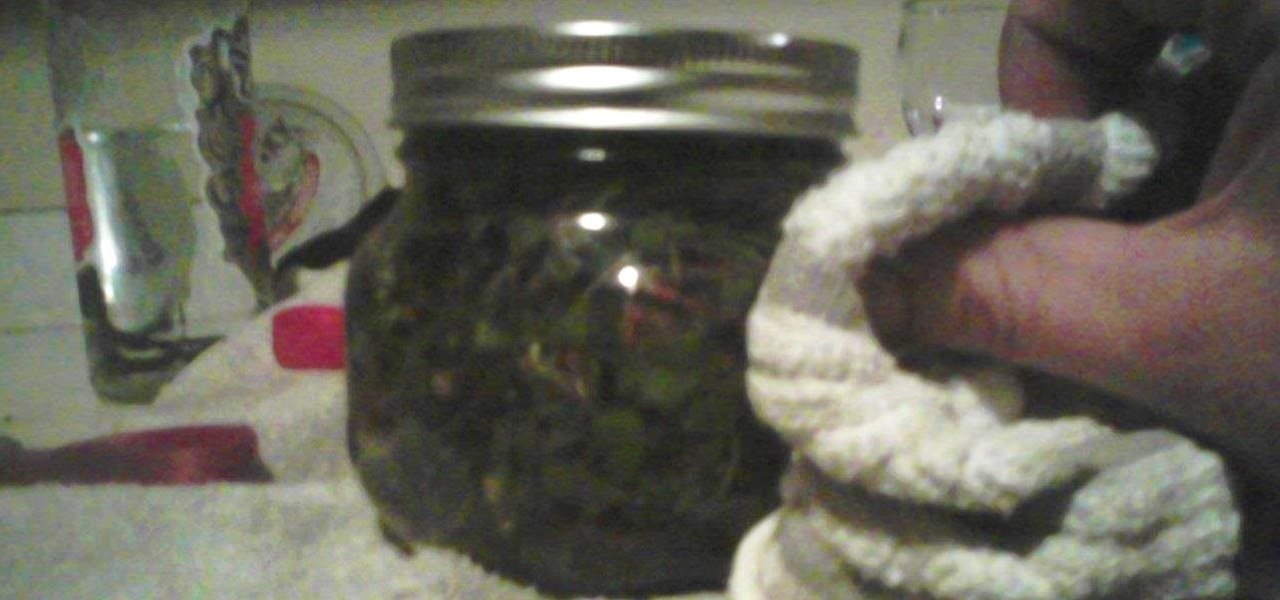
How To: Make a Simple Herbal Extract
Hello there, people. Today, I am going to show you how to extract the essence from a useful plant, using either alcohol or olive oil. This is how you take a plant and turn it into a useful (and preservable) medicine. For those of you who know nothing about herbal medicine, let me explain it for you in a nutshell...
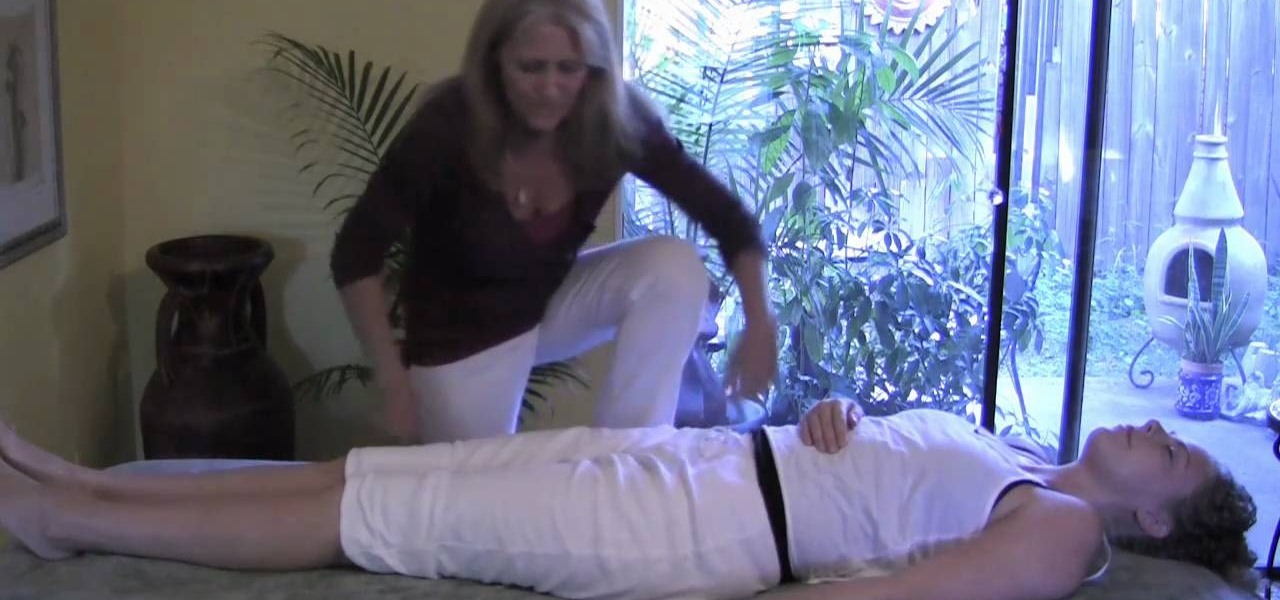
How To: Stretch the hips with massage therapy
In this video, you'll be shown how to open up and stretch the hips using massage therapy. Follow along with licensed massage therapist Athena as she shows you how to work out the kinks and knots of the body. Afterwards, you'll be feeling much more relaxed.
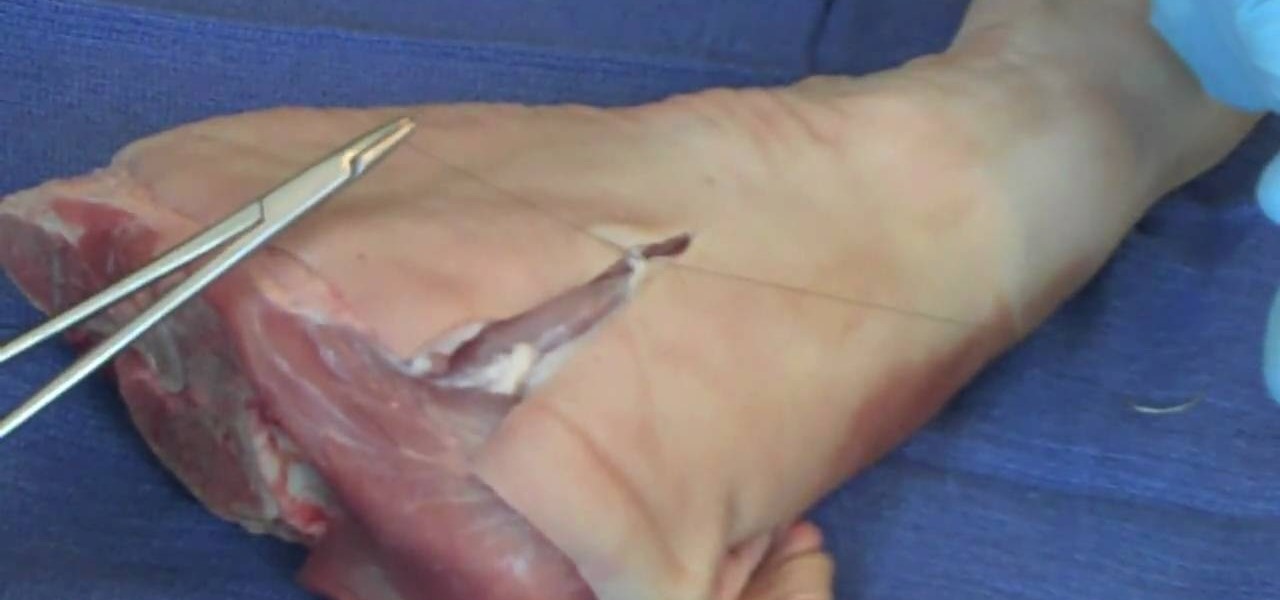
How To: Perform a subcutaneous suture on a patient
Just as there are many different ways to cut your skin, there are many ways to suture it back together again. This medical demonstrating videos features the subcutaneous stitch, one popular type of suture used by doctors and surgeons everywhere, especially on deep wounds.
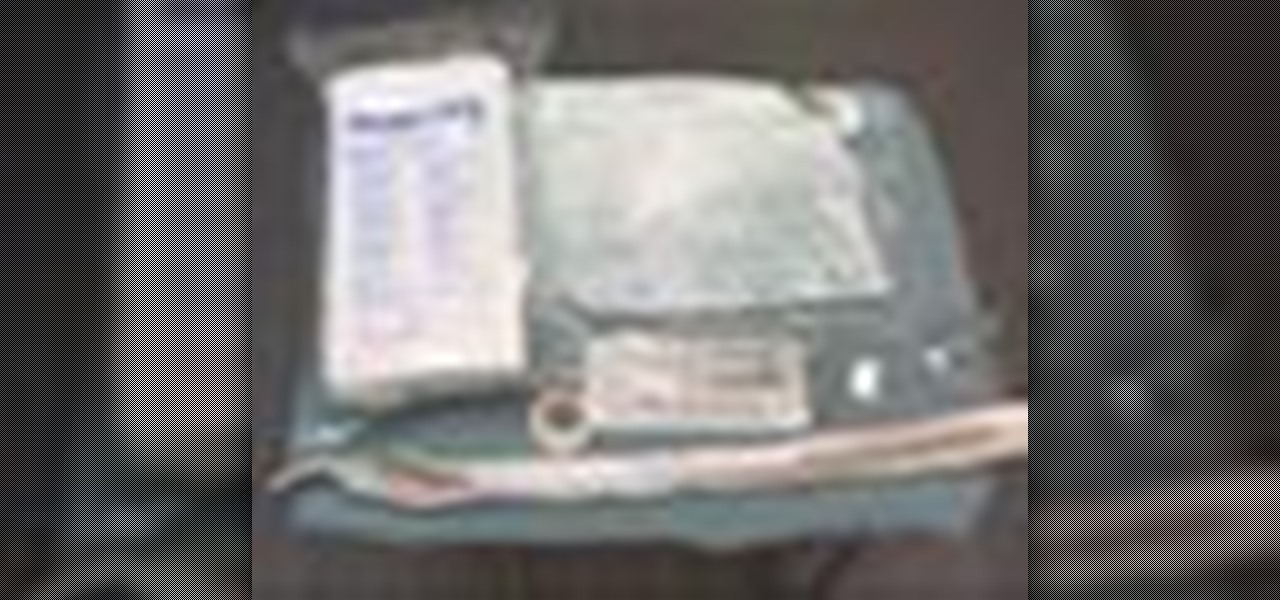
How To: Do a urinary catheterization procedure on a male
One of the hardest things a man can go through in life is a trip to the hospital, especially when he knows he's going to need a catheter. It's every man's worst fear. But for a nurse, it's necessary knowledge. Learning the male urinary catheterization procedure hands-on is difficult due to the urgency involved in patient care, so this video aims to prepare nurses so they can learn and stay fluent with the proper urinary catheterization technique of a male patient.

How To: Obtain a blood sample through venipuncture
This medical how-to video gives you tips on obtaining venous blood samples. Follow along and learn how to obtain blood samples with a venipuncture procedure. This procedure is very common in the medical field. To start venipuncture you need to have the needles, vacuum container, and blood tubes ready. Watch to learn the step by step process.

How To: Perform a Testicular Self Exam
Testicular cancer is a young man's disease, and yet this is the age group that has the greatest sense of invincibility from the illness. Dr Harper demonstrates the technique you can use to self-examine your balls, and as it's best carried out in the shower, it's a great excuse for taking a bit longer in the morning. Watch this video tutorial and learn how to check testicles for any lumps or possible cancer.
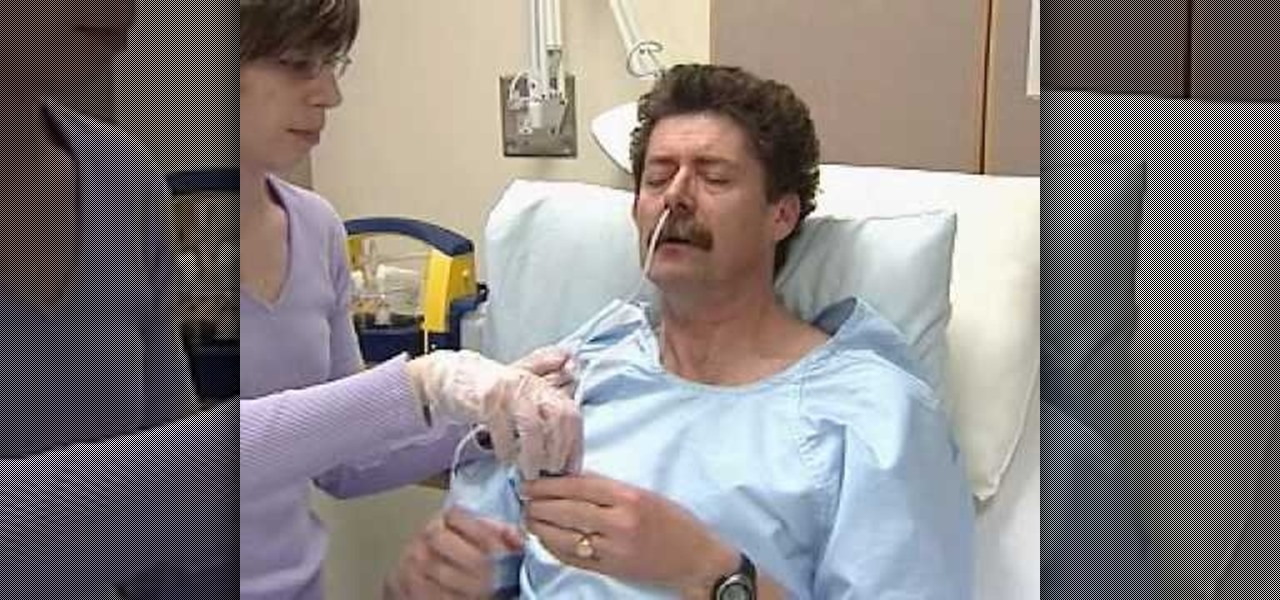
How To: Perform a nasogastric tube insertion
This medical how-to video demonstrates the simple steps for inserting a nasogastric tube. A nasogastric tube is more commonly known as a NG. Follow along and learn the basic protocol for doing this procedure. To do a NG tube insertion you will need 14-16 French gauge nasogastric tubing, water soluble lubricating jelly, catheter tip syringe, suction drainage system, and hypoalergenic tape. For your patient, you should have ready a cup of water with a straw, emesis basin, and a towel.
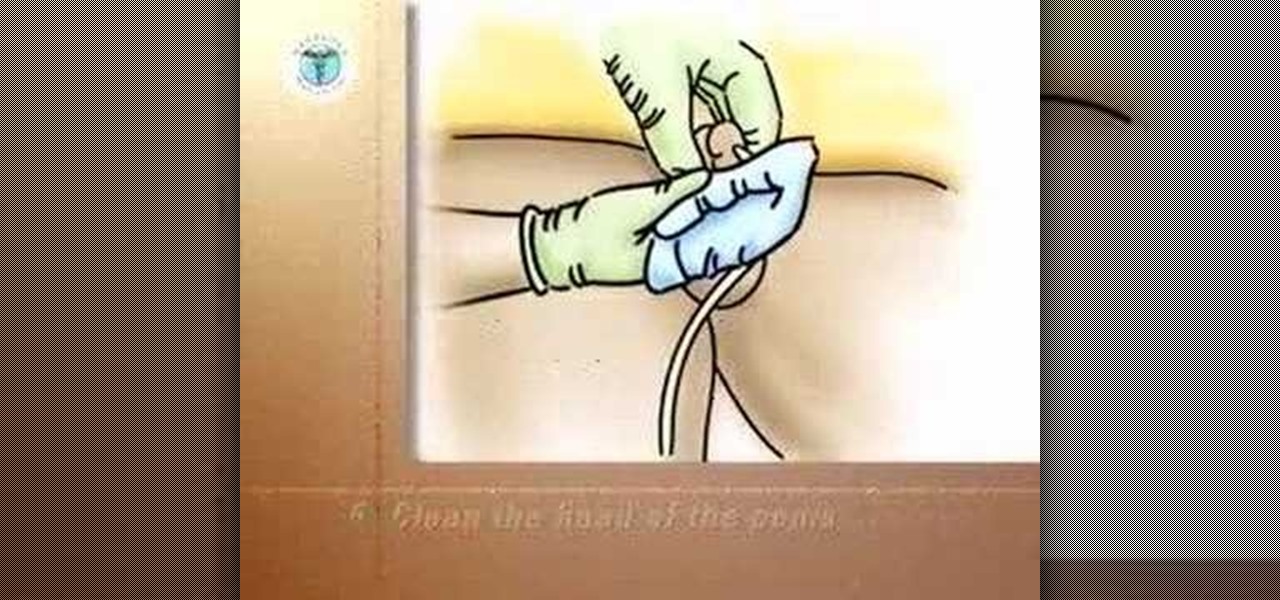
How To: Give a male perineal wash
Once each day, or according to your doctor's instructions, you will need to clean the urethral meatus - the opening where the catheter enters the body. This video shows you how to give a proper male perineal wash.

Health Alert: You're Taking a Crap Wrong! This Is How You Poop Properly
Your entire life has been a lie. Mario does not hit blocks with his head, footlong subs are never really 12 inches long, and those paper ketchup cups at fast food joints aren't just little cups. And that's not the worst of it. What I'm about to tell you next is the revelation of all revelations.

How To: Nobody Around to Save You from Choking? Save Yourself by Falling on the Floor
Choking is scary in any situation, but it's exponentially worse when there's no one around to perform the Heimlich maneuver. Even more so when there aren't any chairs or countertops anywhere. Fortunately, fire medic Jeff Rehman has a great method for saving your own life when things get desperate. Best of all—it requires nothing more than a solid floor.

How To: You’ve Been Taking Pills Wrong Your Entire Life—Here’s How You Should Be Swallowing Them
It's a rare person who enjoys swallowing pills—and equally rare to find those who can toss a pill back easily and effortlessly without gulps of water and coughs. The transition from liquid medicine to pills, tablets, and capsules can be a rough one, and some of us still struggle well into our adult lives. Yet the reason your pills are getting caught in your throat may not be the medication's fault—it's all in how you swallow.

How To: Do a Self Breast Exam (For Men and Women)
Today we show you how do a Self Breast Exam. Doing a Self Breast Exam is So Easy a Guy Can Do It!

How To: The Trick to Hearing Your Friends Better at Loud Clubs & Concerts (And Having Them Hear You)
You may not notice it when you're intoxicated and banging your head to the music, but when you're at a club or concert, your ears are getting seriously damaged. The noise level is usually above most people's pain threshold for sound, which begins around 120 to 140 decibels. At that level, it only takes a few minutes to damage your hearing. For me, there's something even worse than long-term hearing loss in a loud environment—not being able to hear or talk to your friends.

How To: Release head tension with a de-stressing head massage
Having someone run his/her fingers through your hair is one of the most relaxing things you can feel, especially when you're stresed out. Most of the de-stressing qualities of scalp massage comes from stimulation of the scalp, which increases blood flow (and also makes your hair grow faster!).

How To: Trick your nose into sneezing
In this video tutorial, viewers learn how to make themselves sneeze. Users will just need a cotton swab. This trick is very easy, fast and simple to do. Carefully insert the cotton swab in one of your nostrils. Then gently move the cotton swab around in your nasal passageway. Continue doing this until you are able to sneeze. This video provides a demonstration for viewers to easily follow along. This video will benefit those viewers who enjoy faking and tricking others, and would like to lear...

How To: Do a urinary catheterization procedure on a female
In many situations, learning proper medical procedures is difficult due to the urgency involved in patient care, so this video aims to prepare nurses so they can learn and stay fluent with the proper urinary catheterization of a female patient.

How To: Check yourself for testicular cancer
21st Century Boy demonstrates how to check yourself for testicular cancer. After a warm bath or shower, lift up your leg and rest it on the edge of the bathtub. Lift up your right testicle with your left hand and take the thumb, forefinger and index finger of your right hand and check the testicle. Switch hands and repeat the process for the other testicle. There should be a soft lump at the front and the back of the testicle. There should also be a smooth, firm tube running up the side. If y...

How To: Insert a Foley catheter in nursing
Going to be a nurse? Then one very common procedure done by a nurse involves inserting a Foley catheter into a patient. Follow along in this nursing how-to video to learn how to insert a Foley catheter. Before starting always make sure to double check the doctor's orders and have all your materials ready.

How To: Insert a Foley catheter in a woman
This how to video demonstrates how to do a female Foley catheter insertion. Before beginning any catheterization procedure make sure to properly identify the patient, wash your hands, and that all the supplies are handy. Watch and learn how to properly insert a Foley catheter in a woman. This medical how-to video is intended for medical students and professionals.

How To: Perform a breast self exam
1 in 9 women will get breast cancer at some point in their lives, and at least a third of women will not self-check their breasts. Early diagnosis is essential in treating breast cancer, and that’s where monthly self-checks come in. If you’re not sure where to start – don’t worry! Dr Dawn Harper’s guide will give you advice on exactly how to self-check your boobs. Watch this video tutorial and learn how to self examine breasts for any lumps or possible cancer.

How To: Give a bimanual pelvic exam
Learn the procedure for performing a bimanual pelvic exam of a female.

How To: Test and check yourself for testicular cancer
Dr Chris Steele of The Family GP demonstrates how to properly examine your testicles for cancer. This shows how to carry out a testicular examination. Testicular cancer is a young man's disease, occurring frequently in men aged 19-35.

How To: 5 Natural Ways to Remove a Crick in Your Neck
A crick is a sudden, spasmodic pain and stiffness in the neck caused by tight muscles that can absolutely ruin your entire day. It can last for more than one day and can be triggered by the smallest movement of the neck, such as a simple pandiculation, aka a yawn-stretch. Although you can't always prevent them, there are many natural ways to lessen a painful stiff feeling in the neck.
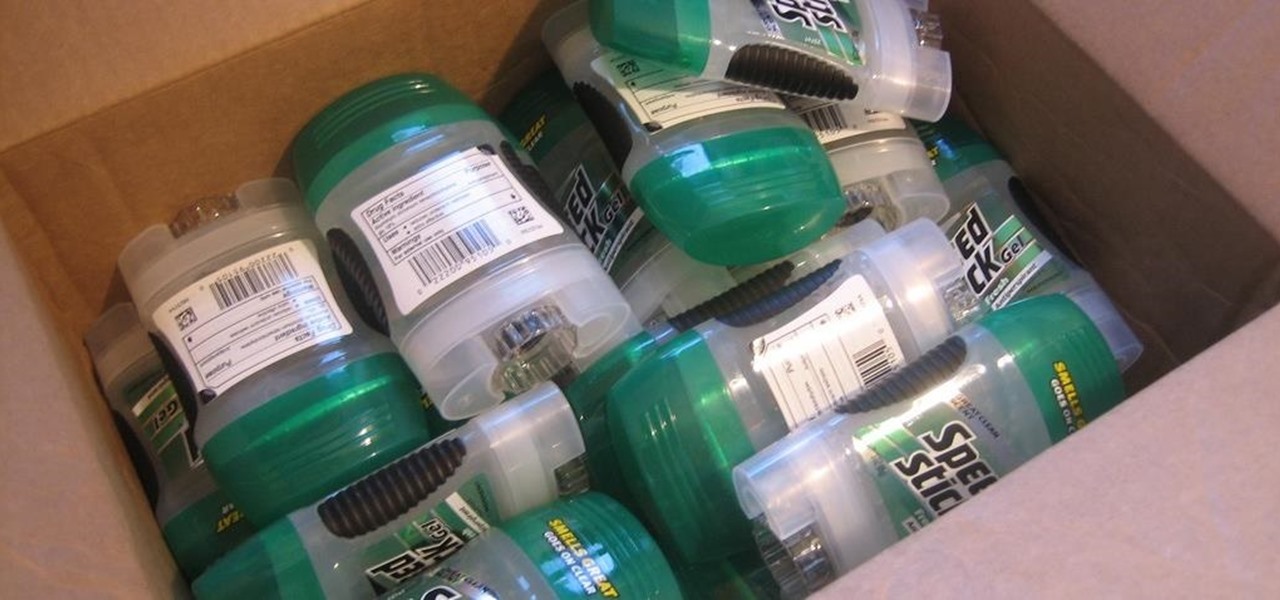
How To: Get Rid of Razor Burn Fast (& Prevent It from Happening)
No matter how fresh, sharp, or clean a razor is, it can still create an itchy, inflamed trail of razor burn bumps. When razor burn appears, it's unpleasant, and can even affect your next shave.

News: 3 Healthy Snacks That Are Under 100 Calories
On today's video I will show how to make 3 easy snacks that are also under 100 calories each! They are really yummy and healthy, so if you are wondering what to eat between meals I hope I can give you some ideas with this video.

How To: Give an Intra-Muscular Injection
Intra-muscular injection is a simple technique; however, it can lead to serious complications if is not properly performed.
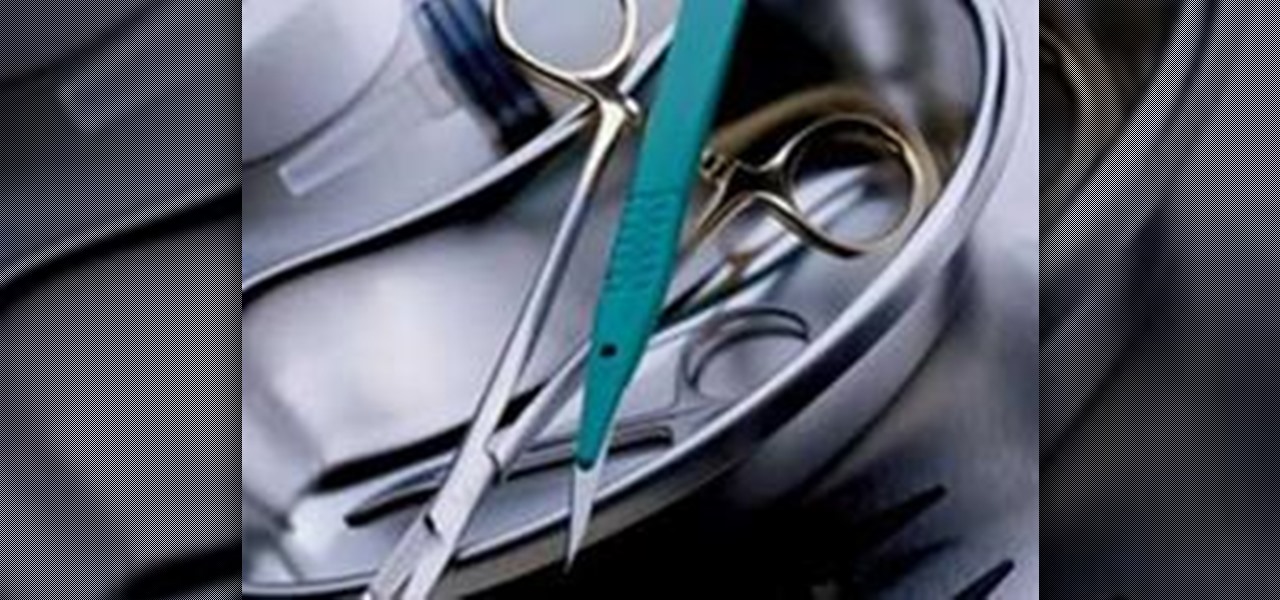
How To: Hold and Use Surgical Forceps, Scalpels and Suturing Needles
How to Hold Forceps This video shows the basic skill of holding forceps or any scissor-like instrument. The most important things to notice here are:
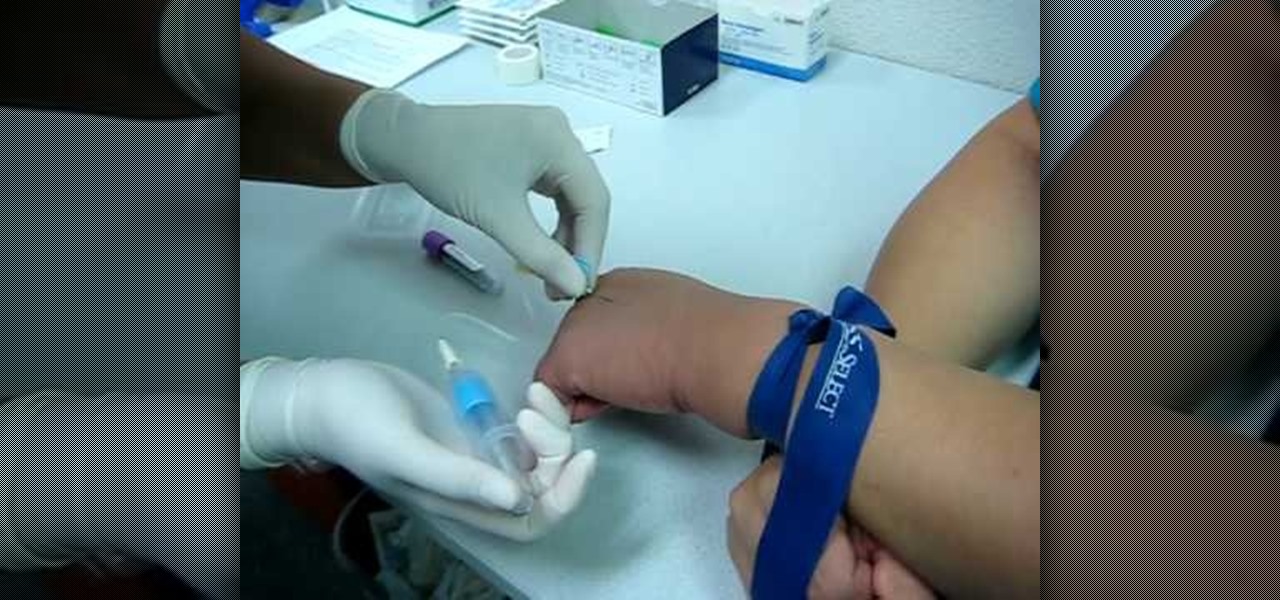
How To: Perform a phlebotomy with a butterfly needle
I want to draw your blood! Well, if you want to draw someone's blood (also known as phlebotomy) this video will show you how to do it. This is a very common thing, especially if you're working as a nurse, nurse's aid, a doctor or even a vet. You'll want to do it right to ensure safety and comfort to your patient. Watch the video and see what it takes to find the vein, insert the needle and get that blood out and into your tube.







